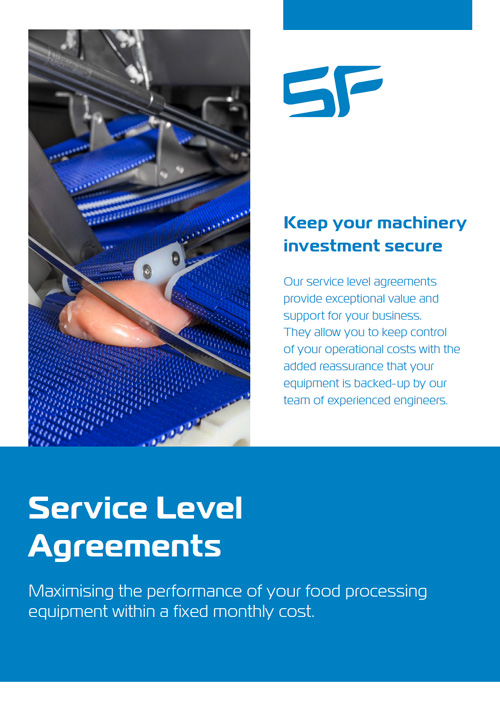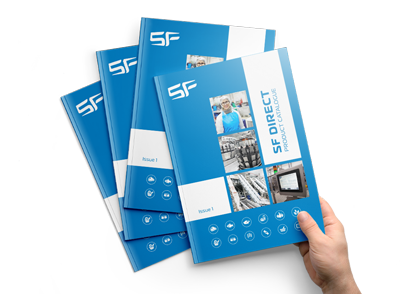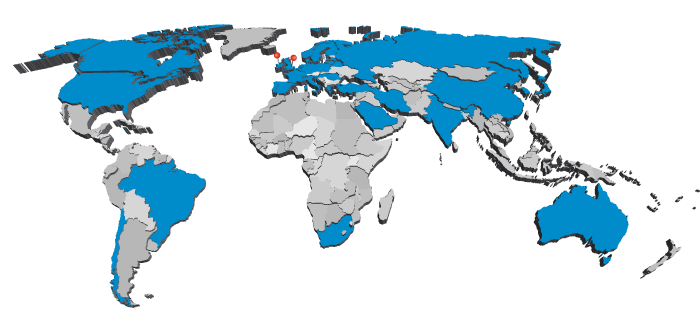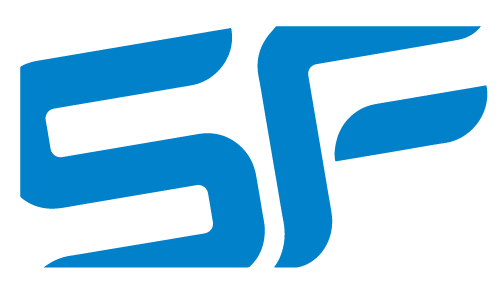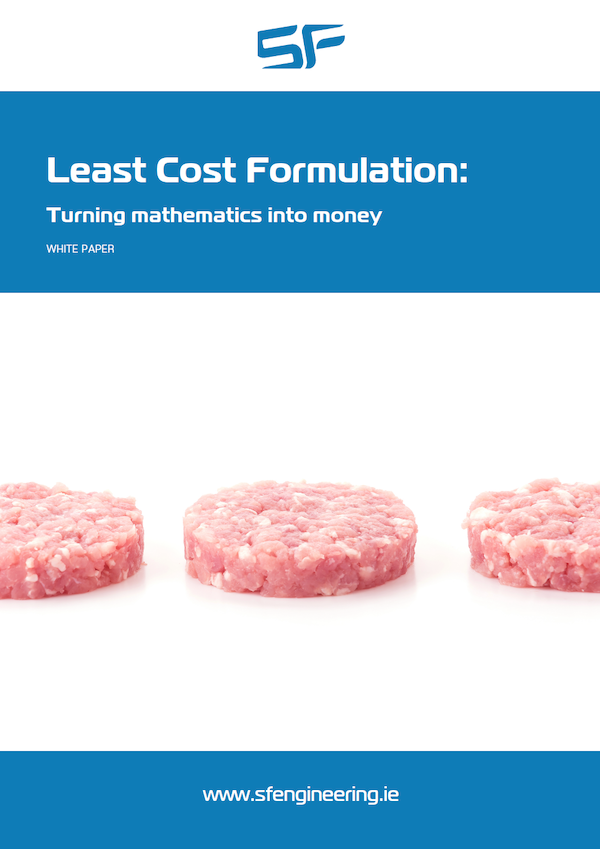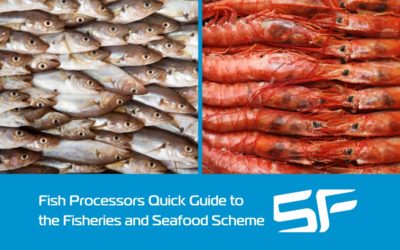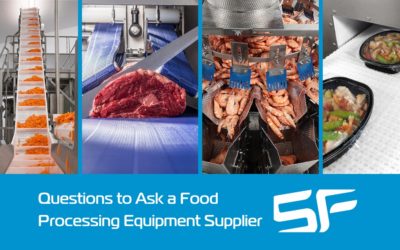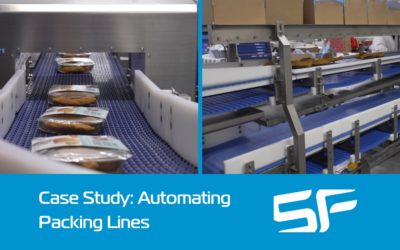Least Cost Formulation: Turning Mathematics into Money
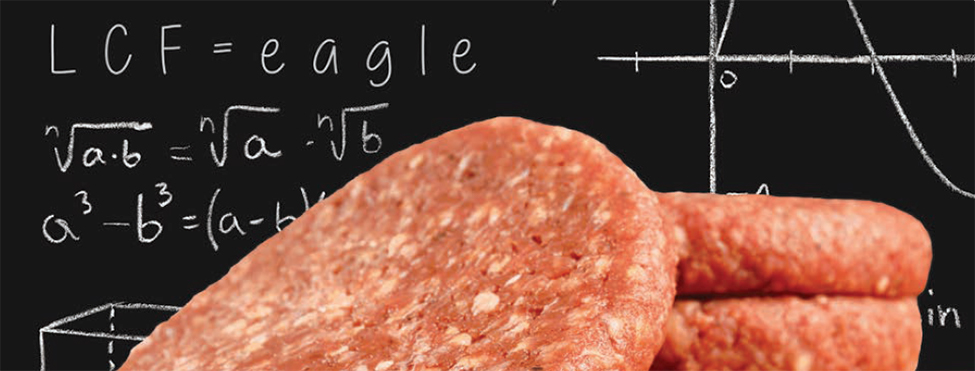
Fat Analysis System Improves Cost Efficiency in the Meat Industry
Least Cost Formulation (LCF) is increasingly used by the modern meat processors to optimize their production. This mathematical optimisation technique enables meat processors to put together a formula or recipe at the least cost or expense. It specifically applies when a formula or recipe must meet certain technical parameters and constraints.
Let’s take a sausage as an example. If you’re making sausages and the recipe states the product must contain 40% protein, but must also contain a minimum of 70% pork, there are a number of ingredients you could combine to achieve this goal. Besides the necessary pork, which may be high-fat pork, to achieve the recipe target one or more additional animal or vegetable proteins may be selected to create the recipe. Additionally, the raw materials themselves will vary in composition. This flexibility in composition should be fed into LCF calculations for it to be of maximum benefit.
Real Time, Accurate Fat Measurement
Inline fat analysis provides the means to measure the variability of the raw materials allowing processors to control one of the key factors in calculating Least Cost Formulation. What Inline fat analysis allows is a real-time calculation, based on the actual composition of the raw materials used, to determine the best way to complete the production of the required final product at the lowest possible cost to the business.
Meat processors today are continually looking for ways to optimize production, and since the largest portion of the manufactured product is the meat itself, it makes sense that this is where attention should be focused. Fat is a primary determiner of the cost of meat and the ability to measure fat content accurately is crucial to effective Least Cost Formulation.
How Does Fat Analysis Work
Modern in-line fat analysis systems use Dexa x-ray technology to enable fat measurement of 100 per cent of meat based on the differential absorbance of fat and lean meat content using two x-ray energy spectra. The combination of measuring all the meat, and at accuracies better than ±1CL (chemical lean), enables Least Cost Formulation control schemes to precisely meet blending targets at maximum yield. Furthermore, by providing processors with accumulated weight and weighted chemical lean measurements in real time, fat analysis systems enable processors to control a total batch to target chemical lean at a given batch weight at the speed of normal production.
Safeguard Machinery and Reduce Costly Product Recalls
Inline fat analysis systems are simultaneously capable of detecting and rejecting physical contaminants, including glass shards, metal fragments and calcified bone, as well as measuring weight. These additional capabilities can help prevent damage to downstream processing equipment, as well as safeguard companies against costly product recalls by preventing potentially-harmful contaminants making it through to the retail supply chain.
Find out more about our Fat Analysis Solutions or download our White Paper to learn more about Least Cost Formulation.
Find out more about our Fat Analysis Solutions or download our White Paper to learn more about Least Cost Formulation.
